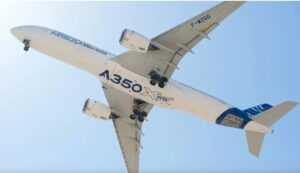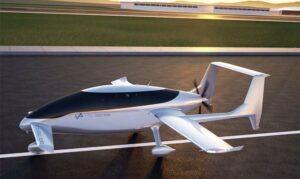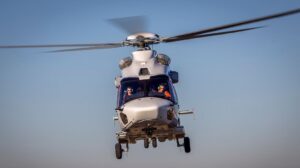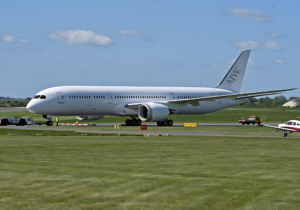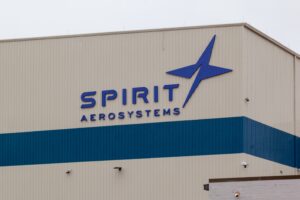On October 29 a Lion Air Boeing 737 MAX crashed into the sea shortly after taking off from Jakarta, Indonesia, killing all 189 passengers and crew on board. The focus of the investigation has turned to the flight data sensor and possible incorrect readings. According to Bloomberg News, “under some circumstances, such as when pilots are flying manually, the MAX jets will automatically try to push down the nose if they detect that an aerodynamic stall is possible.”
The concern is that the data sensors can incorrectly show that a stall is possible. Boeing has consequently issued a safety bulletin and statement directing flight crews on how to react in the event erroneous data is provided by the sensor which monitors the plane’s angle of attack, including instructions to pilots on how to compensate. According to an aerospace industry expert, “the erroneous AOA input can pitch the aircraft’s stabilizer trim down for up to 10 seconds at a time.”
Subsequent to Boeing’s update, the FAA issued a statement that it intends to issue an airworthiness directive which, according to Bloomberg News, indicated that it “will take further appropriate actions depending on the results of the investigation.”
According to the Wall Street Journal, “the moves are the first public indication that investigators suspect a possible software glitch or misinterpretation by pilots – related to an essential system that measures how high or low a plane’s nose is pointed – may have played an important part in the sequence of events that caused the Boeing 737 MAX 8 to plunge into the Java Sea.”


